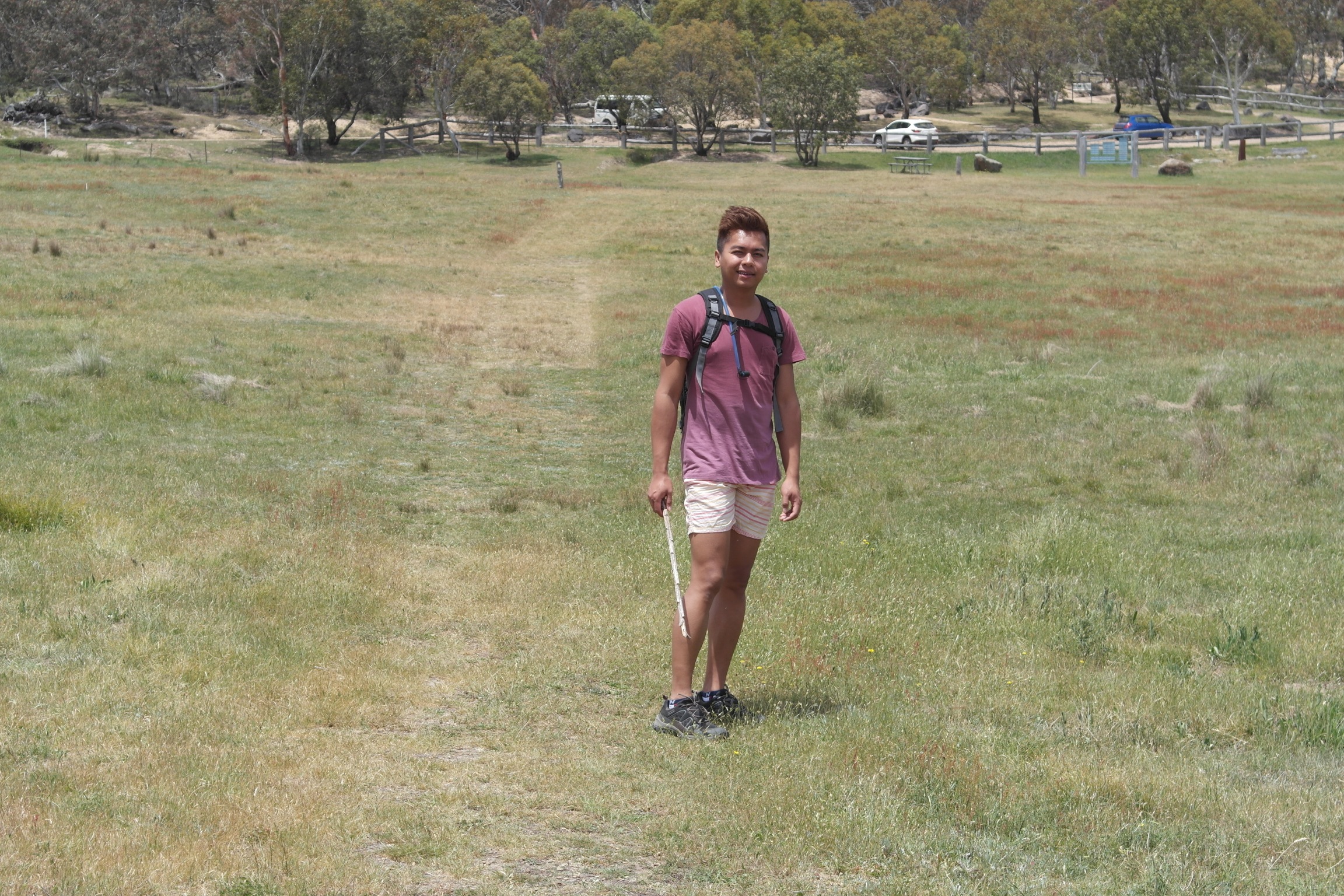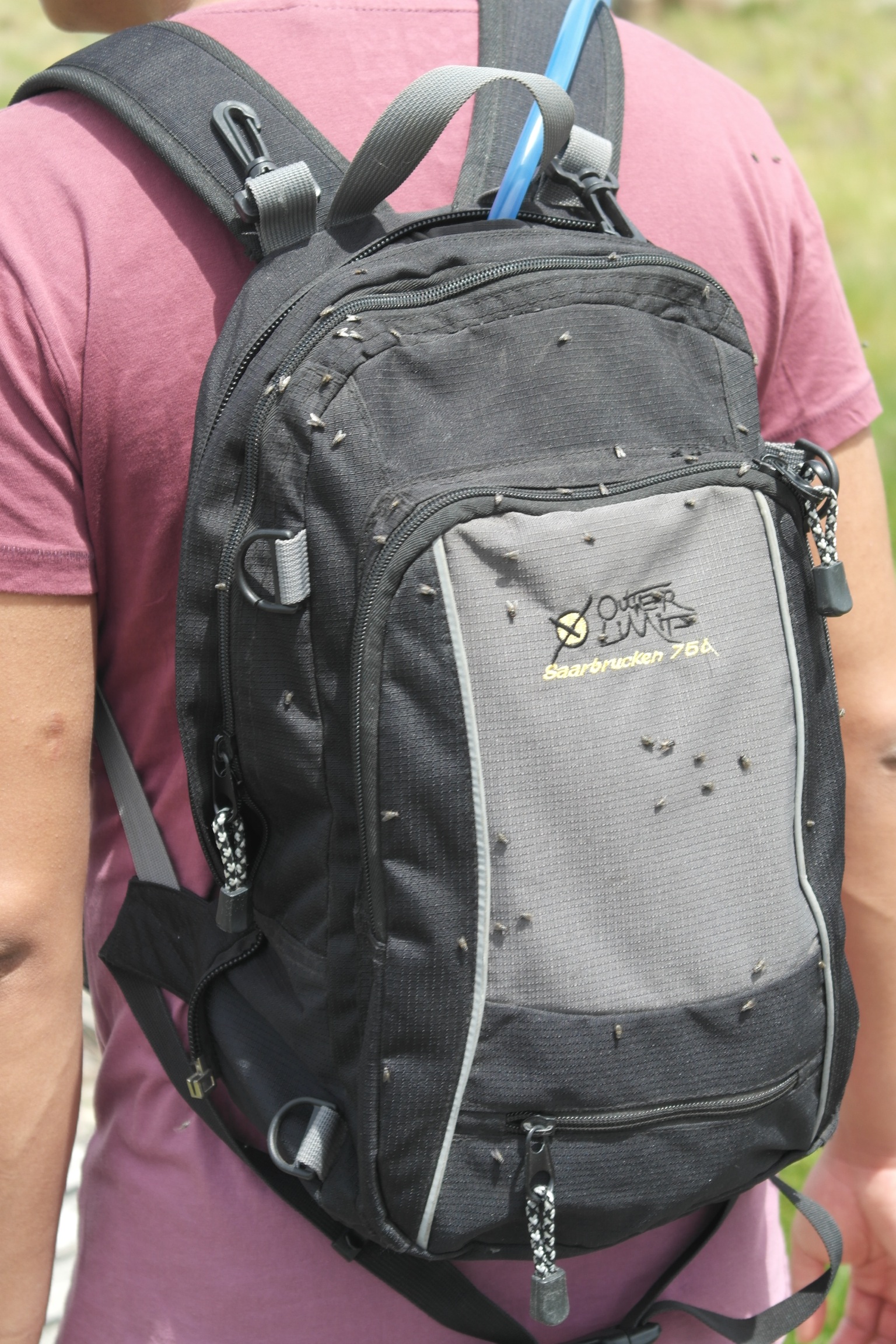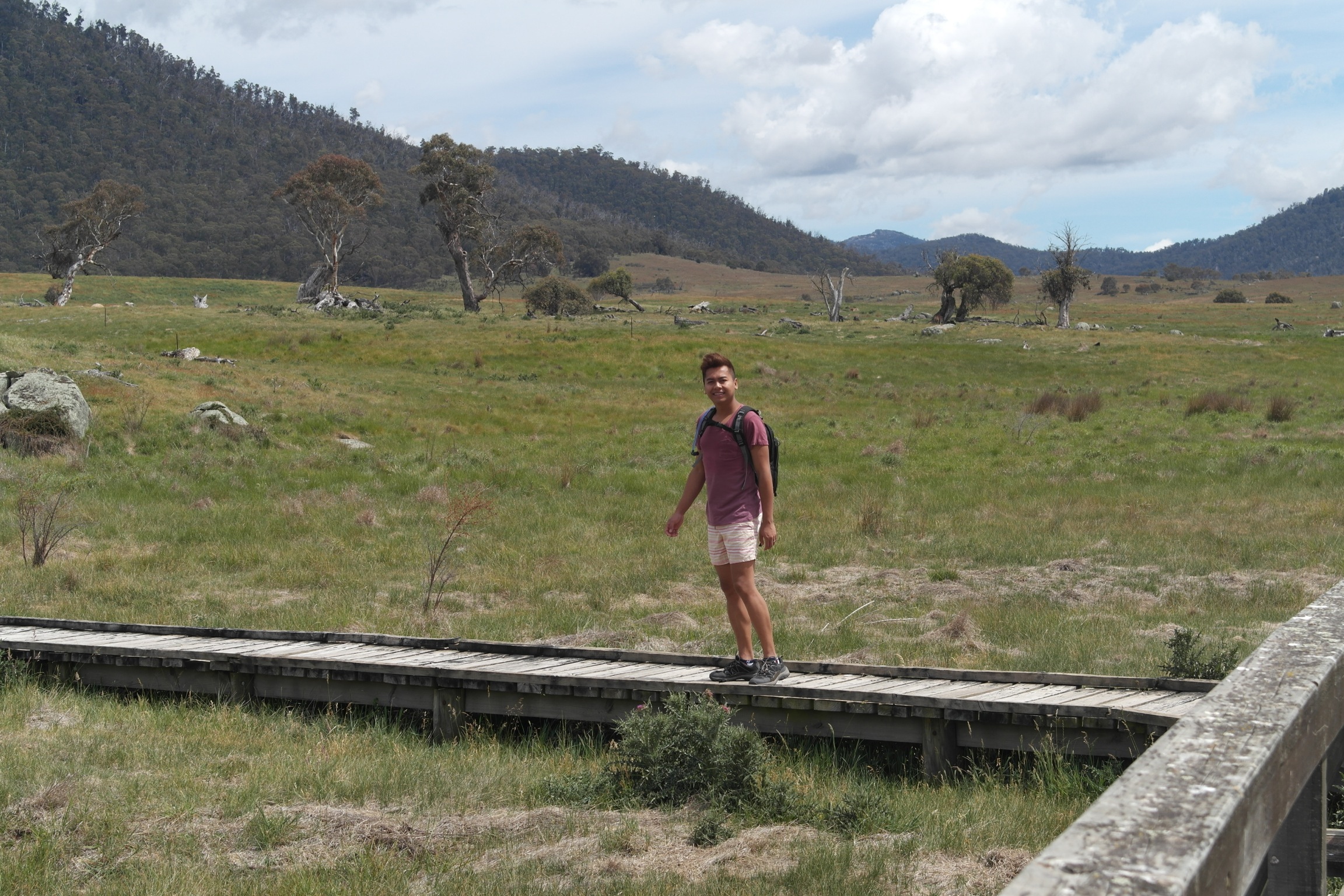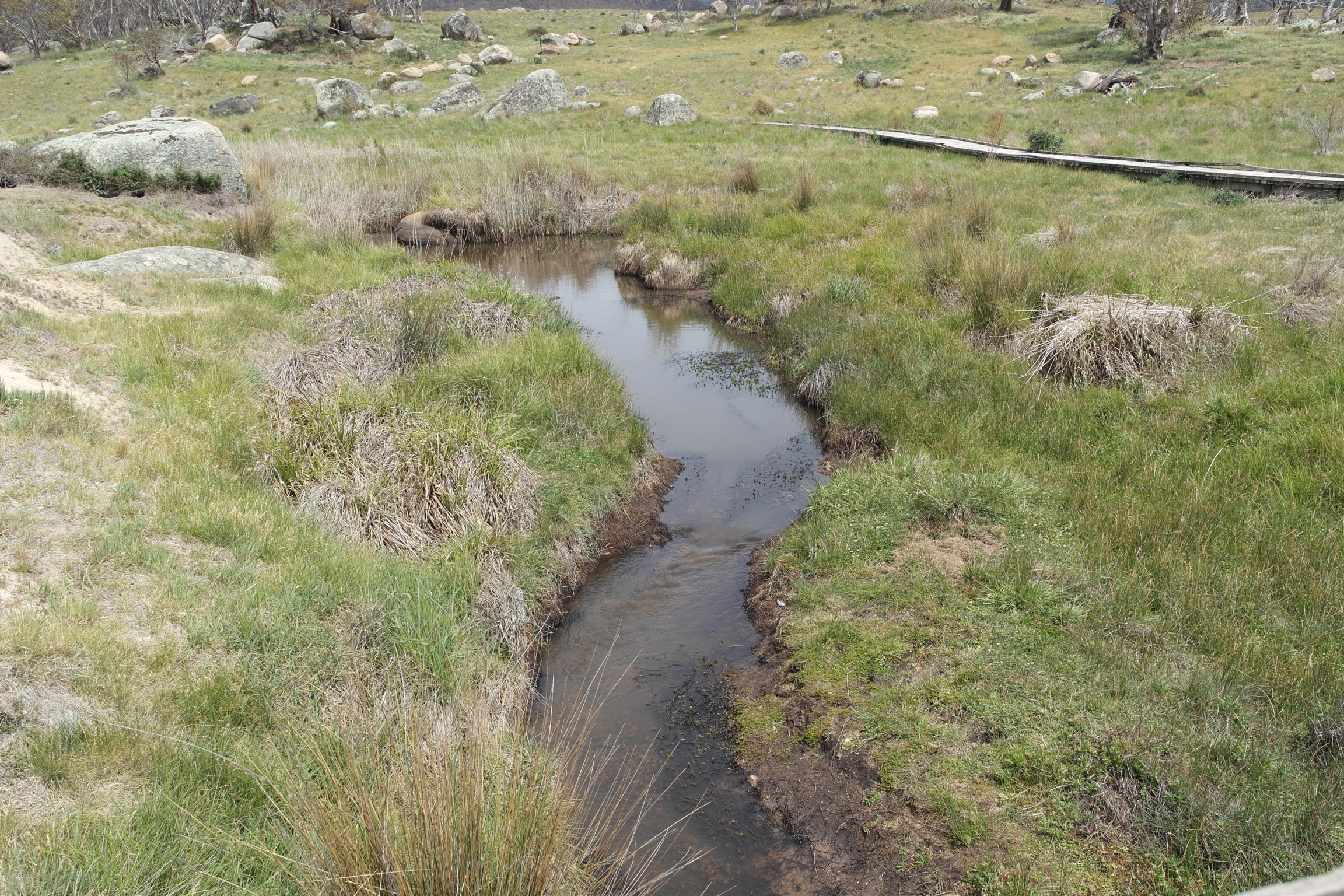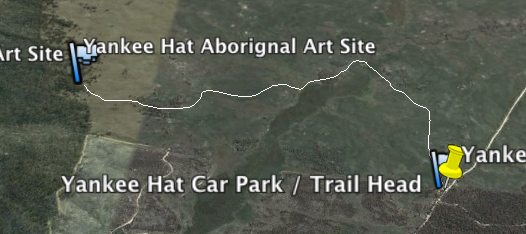Satellite APRS for the backpacker?
/Satellite APRS for the backpacker?
Part 1 - The Idea
So I had this crazy idea. I am sure it is not unique but it is unique to me.
After all the COVID-19 lockdowns have eased and I am back out hiking and camping again, far from civilisation, long after my mobile phone is useful for anything other than a camera and audio book reader. I arrive at a lunch spot, or set up camp for the evening. I take out my trusty Kenwood D72 Handheld radio with built in TNC, connect it to a lightweight folding antenna, point it skyward and burst off some APRS packets to mark my position and status messages via passing satellites. Sounds crazy right? Well it's actually doable as a radio amateur.
Down here in Australia we don’t have access to the geo-stationary (GEO) satellite QO-100 that covers the entire Eurasian landmass from the east coast of Asia to the west coast of the UK that was launched recently and has been welcomed by many Amature Radio Operators under it’s ‘footprint’.
What we do have access to is a number of Low Earth Orbit (LEO) satellites equipped with flying APRS digipeaters. These LEOs pass over a number of times a day and passing over with various ‘elevations’. The most famous of these is the International Space Station (ISS). For clarity, I have lumped the ISS into the collective term for satellites.
ISS
The ISS is equipped with an Automatic Packet Reporting System (APRS) digital repeater (digipeater) that takes packets it hears coming from earth and re-transmits (digitally repeating - digipeating) back down from space on the same frequency much the same as an earth bound digipeater. The difference here is the footprint! During experiments from my house in Canberra ACT, I am regularly heard in Adelaide, South Australia.
The hearing part is important. These ground stations are run by other amateur radio operators, and take these heard signals and put them on the internet, called internet gating (igating) while their stations are called satellite gateways (SATGATES) allowing your location and short status message to be seen by anyone with an internet connection. The ISS is one of 8 satellites that all use similar settings and frequencies. There are however, others like FALCONSAT-3 that operate on different settings and frequencies. I have chosen to only use those that have the same settings as this allows set and forget access to a network of satellites.
Based on my research (May 2020) the below are correct. It is not as simple as it sounds to find all the info as there isn’t a clear and concise directory - I hope this table helps you.
Edit: June 2020 PSAT2 is no longer working on APRS











